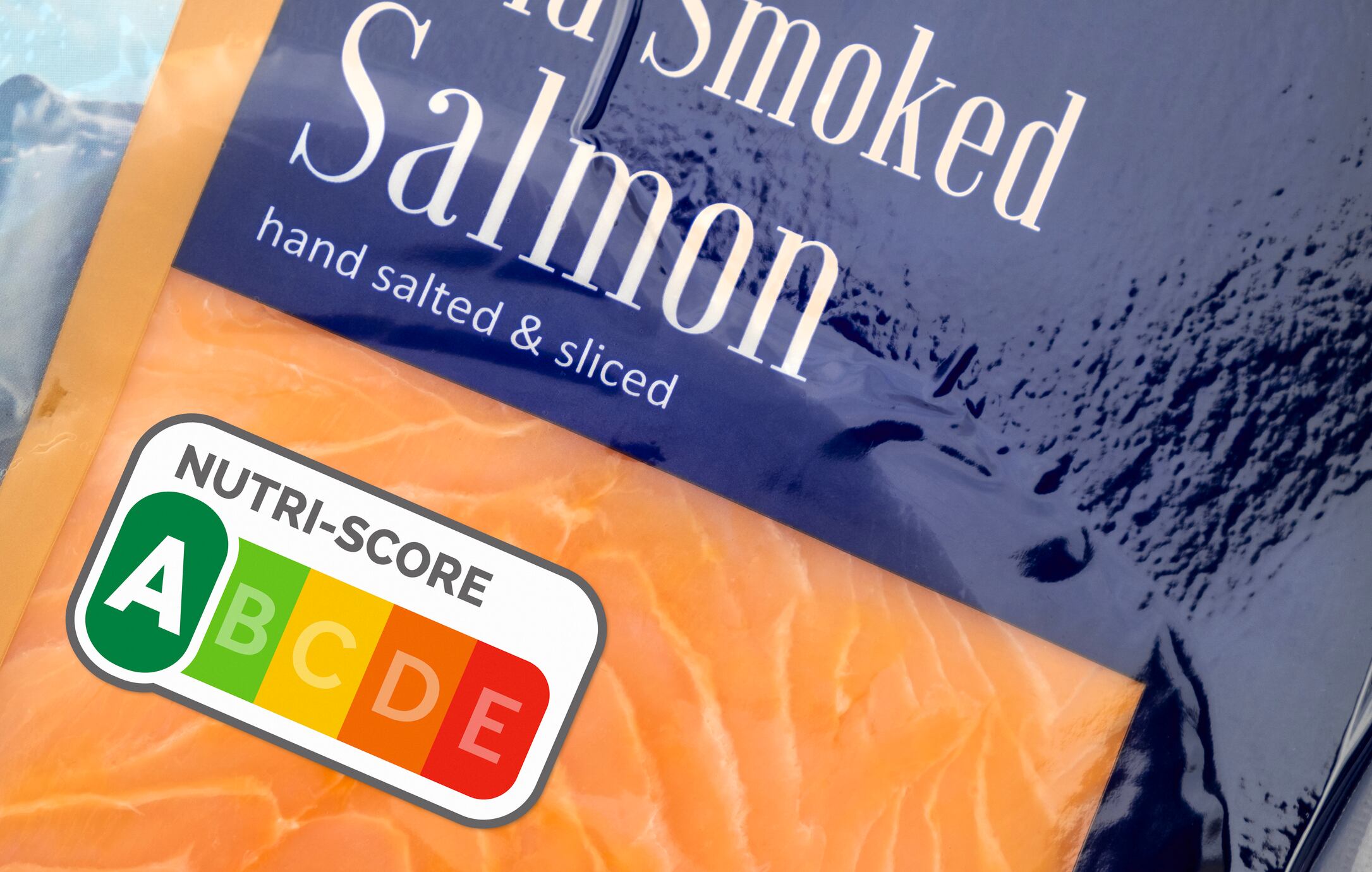What’s driving food transparency demands – a concise summary
- Consumers increasingly distrust food systems and demand more transparency
- Food safety is trusted but health concerns dominate consumer transparency needs
- Ultra-processed foods spark distrust and drive demand for clear ingredients
- Sustainability remains important but suffers from lack of clear information
- Consumers want simple labels and reject complex tech like QR codes
Consumers are becoming increasingly curious about the story behind their products. No longer satisfied with the information available to them, they want to know in greater detail how a product came to be, and what’s in it.
An increasing distrust in the food system has driven consumers to demand greater transparency. But some kinds of transparency are prioritised more than others.
European consumers are not worried about food safety
A recent report by the European Food Standards Authority (EFSA) revealed that consumers prioritise food safety in their buying decisions.
They are largely confident in Europe’s food safety standards and are rarely concerned about food safety when looking at products on the shelf, according to EIT Food’s Consumer Observatory.
While consumers are increasingly concerned about transparency, its report found, safety appears to be one area in which they have confidence in the food system, at least in Europe. This is because consumers have confidence that a minimum standard of food safety can be guaranteed by food authorities.
Food safety “is not top of European consumers’ concerns”, explains Lauren May, a researcher at the Future of Food Institute and a contributor to the report.
Health dominates transparency concerns
While concern about food safety is relatively low, the same is not true when it comes to health.
Concerns abound regarding health. Many consumers believe that ultra-processed foods are “generally unhealthy”, explains Future of Food’s May. Meanwhile, there’s a “strong drive for natural foods”.
Consumers are distrustful of foods that are perceived as ultra-processed, such as plant-based meat. Explaining the reasons that ingredients are used may improve consumer acceptance, but distrust is still strong.
Consumers are significantly focused on what goes into products, according to research from Lumina Intelligence, commissioned exclusively for FoodNavigator. They are increasingly focused on the presence of ‘non-food’ ingredients and additives in food.
Consumers want clarity on whether products are or are not healthy. According to data from market research company Nielsen IQ, 82% of consumers globally want labels on health and wellness products to be clearer and easier to understand.
Consumers, according to NIQ, are increasingly concerned about healthwashing and will be more likely to buy a product if they have trust in it.
People want to be provided with tangible proof that products can provide health benefits, for example better mental clarity, increased energy, and improved gut health.
Consumers still care about sustainability
Despite some reports of a decline of interest in sustainability, many consumers still care about making sustainable choices.
According to EIT’s report, more than half of European consumers believe that there is too little information about sustainability available in food.
Sustainability arguably stems from the same source as concerns around health: a lack of trust in the food system, as well as a widespread belief that profit is prioritised by food manufacturers.
Consumers want to feel that they can trust the companies that they are buying from, explains Future of Food’s May. Currently, many don’t.
They often “feel that they have little control” in the food system. By demanding greater transparency, consumers want to regain some of this control.

Consumers want simple, accessible information
Consumers want easily accessible, clear information about food products, EIT Food’s report found.
For example, blockchain-based food traceability systems have been shown to increase consumer trust, through providing immutable data about the food supply chain. This is particularly effective for less well-known brands.
However, consumers remain uncertain of other technologies used to increase transparency. For example, many are sceptical about internet-of-things technology, which incorporates tech into the physical world. They worry about its implications for data privacy, and often feel that it’s too complex to fully understand.
Scanning QR codes was also found to be unpopular with consumers. Many saw it as a barrier to accessing information, and even a means to hide information.
Ingredients lists a priority for consumers
Consumers also want clearer and more accessible ingredients lists. According to Lumina’s report, more than 60% of consumers around the world read ingredients lists on the back of pack.
According to EIT’s report, many consumers feel that ingredients lists are difficult to decipher. The primary motivation they have in wanting more accessible ingredients lists is to avoid ultra-processed foods.
“There’s this belief that if you don’t recognise all the ingredients then they must be unnatural or unhealthy,” explains Future of Food’s May.
Consumers don’t just want to know what is inside a product, but why ingredients have been included, as they want to know if an ingredient is necessary for the product.





